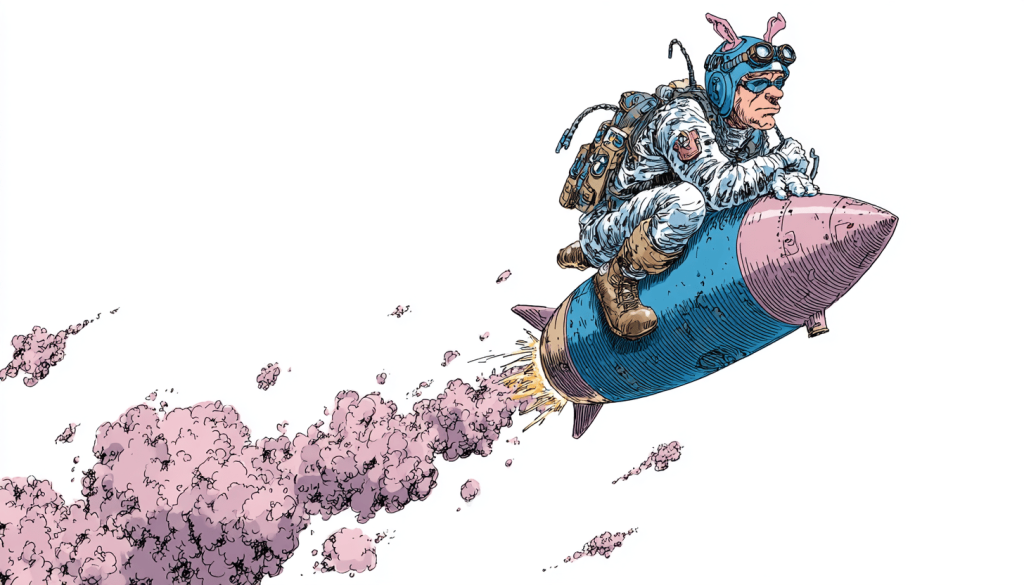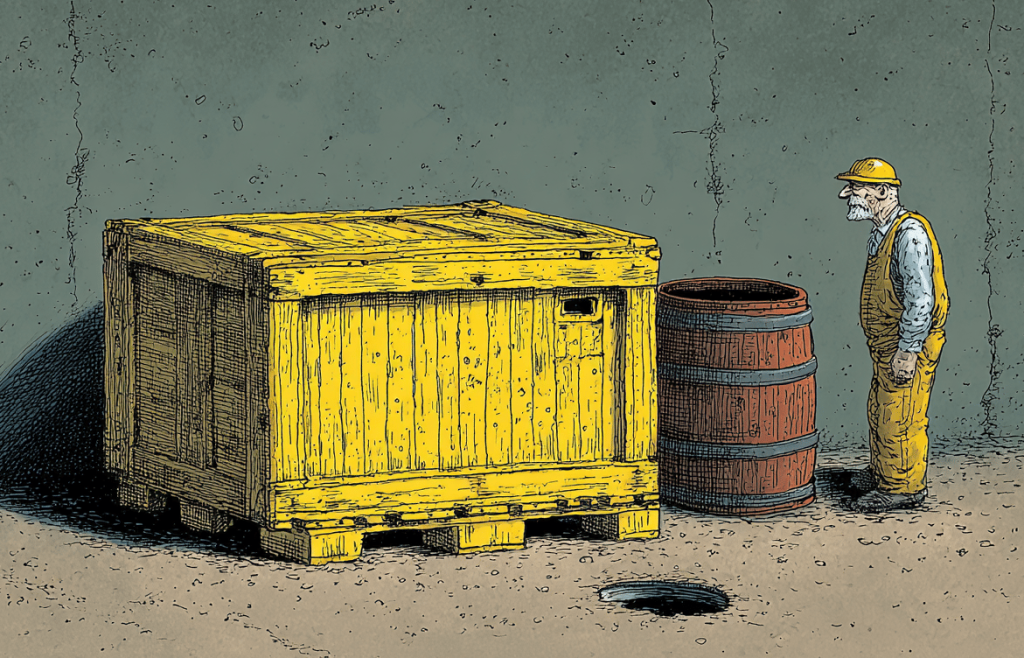
The modern C-suite leader knows that the consumer landscape has fundamentally shifted. Purchasing decisions are increasingly driven by a demand for environmental and social responsibility. For a brand to win today, sustainability has moved beyond a marketing buzzword and become a core business non-negotiable for anyone looking to build a resilient and future-proof enterprise. This is a strategic blueprint for transforming a brand’s narrative from mere claims into a verifiable, values-based mission, engineered for a consumer that is digital-first, deeply discerning, and relentlessly skeptical of anything that smacks of greenwashing, particularly Generation Z. Relevance in the modern market is earned not by what a brand says, but by what it can prove. This requires an omnichannel approach where every single customer touchpoint, from the digital ad to the physical product, is a consistent and seamless expression of the brand’s ethical commitments. A single inconsistency such as promoting eco-friendly values online while using excessive, non-recyclable packaging breaks this seamless experience and undermines the brand’s very essence. This leads to a swift loss of trust and a phenomenon some are calling brand promiscuity. The data makes it clear this is not a passing trend but the global sustainable living market is in the tens of billions of dollars and growing fast. Consumers are looking for brands to become solution providers and they are actively affiliating with those that represent their values which is why the most forward-thinking brands are making the sustainable choice the most convenient and compelling option for a consumer who is already feeling a sense of eco-exhaustion. To do this, you must embed sustainability into the core operational pillars of your omnichannel strategy, beginning with carbon-neutral delivery, a tangible commitment to climate action that resonates powerfully with Gen Z and can be optimized through AI-driven logistics to reduce emissions and costs. The second pillar, transparent sourcing and supply chains, is the very foundation of authenticity. By leveraging a digital product passport that allows a customer to scan a QR code to see a product’s entire journey from raw material to shelf transforms a passive consumer into an active participant in your ethical journey which builds a deeper connection based on trust and shared purpose. The third pillar, sustainable packaging, is a highly visible touchpoint that offers an opportunity to use concrete, specific language like “100% post-consumer recycled material” to combat misleading practices and reinforce your commitment at the point of physical interaction. What serves as the engine for all of this is a layered technological stack where emerging technologies like AI and blockchain work in concert. Blockchain, as a decentralized and immutable ledger, provides an undeniable single source of truth for end-to-end traceability which offers the verifiable data that Gen Z demands to combat their skepticism. AI provides the operational intelligence to optimize logistics, predict demand, and monitor energy use which gives you the quantifiable data needed to substantiate your claims and prove genuine progress. Finally, and perhaps most importantly, a brand must recognize that social media is no longer a marketing megaphone but a digital town square where purpose-driven communities gather. By humanizing your brand’s journey and being transparent about both successes and challenges and also empowering customers to become co-creators through user-generated content, you can turn a one-time transaction into a powerful and values-based tribe. This emotional connection is the bedrock of long-term brand loyalty because it directly addresses the eco-anxiety of a generation and reframes consumption as a form of activism which provides a powerful sense of agency and collective action. By building a community around a shared mission, a brand can earn a competitive advantage that is insulated from competitors’ offers and built on the ultimate modern currency which trust.

